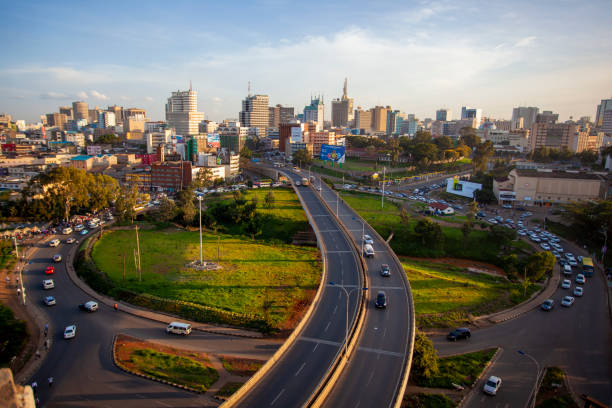We can provide some insights based on current trends and information available up until our knowledge cutoff in September 2021. However, predicting the future with certainty is impossible, and unforeseen events can shape the trajectory of any country. With that in mind, here are some potential areas of development and trends that could shape Kenya in the next five years:
Economic Growth
Kenya has been experiencing steady economic growth, and this trend is expected to continue in the coming years. The government’s focus on infrastructure development, digital innovation, and diversification of key sectors such as manufacturing, agriculture, and services is likely to contribute to sustained economic growth.
Technological Advancements
Kenya has shown a strong commitment to technological advancements, particularly in the information and communication technology (ICT) sector. This trend is expected to continue, with further investments in digital infrastructure, mobile technology, and internet connectivity. The growth of fintech, e-commerce, and digital services is also anticipated.
Renewable Energy
Kenya has made significant progress in the renewable energy sector, particularly in geothermal and wind power. The country aims to increase its share of renewable energy in the national grid. Over the next five years, there may be continued investments in renewable energy projects, contributing to a more sustainable and reliable energy supply.
Infrastructure Development
Kenya has been investing in infrastructure development, including roads, railways, ports, and airports. This focus on infrastructure is expected to continue, enhancing connectivity within the country and promoting trade and investment. Projects such as the Standard Gauge Railway and the ongoing expansion of major highways are anticipated to support economic growth.
Manufacturing and Industrialization
Kenya has placed emphasis on industrialization and aims to become a manufacturing hub in Africa. The government’s initiatives, such as the Big Four Agenda, prioritize the growth of manufacturing sectors like textiles and apparel, agro-processing, and construction materials. In the next five years, Kenya may witness further growth in these sectors, attracting investment and creating employment opportunities.
Urbanization and Housing
Rapid urbanization is a significant trend in Kenya. As more people move to urban areas, the demand for affordable housing and urban infrastructure will continue to rise. The government’s affordable housing initiatives, coupled with private sector investments, may address this demand to some extent, but challenges related to housing affordability and urban planning need to be addressed.
Climate Change Resilience
Kenya is vulnerable to the effects of climate change, including droughts, floods, and food security challenges. Over the next five years, there may be an increased focus on climate change resilience and adaptation, with investments in sustainable agriculture, water management, and conservation efforts.
Governance and Political Landscape
Kenya has been undergoing political and governance reforms aimed at strengthening institutions, enhancing transparency, and promoting inclusive governance. The success of these reforms could shape the country’s political landscape in the next five years, with potential implications for economic stability and social cohesion.
It’s important to consider that unforeseen events, both domestic and global, can influence the trajectory of a country. These insights are based on general trends and expectations, but the future of Kenya will be influenced by a wide range of factors that may not be fully predictable at this time.

